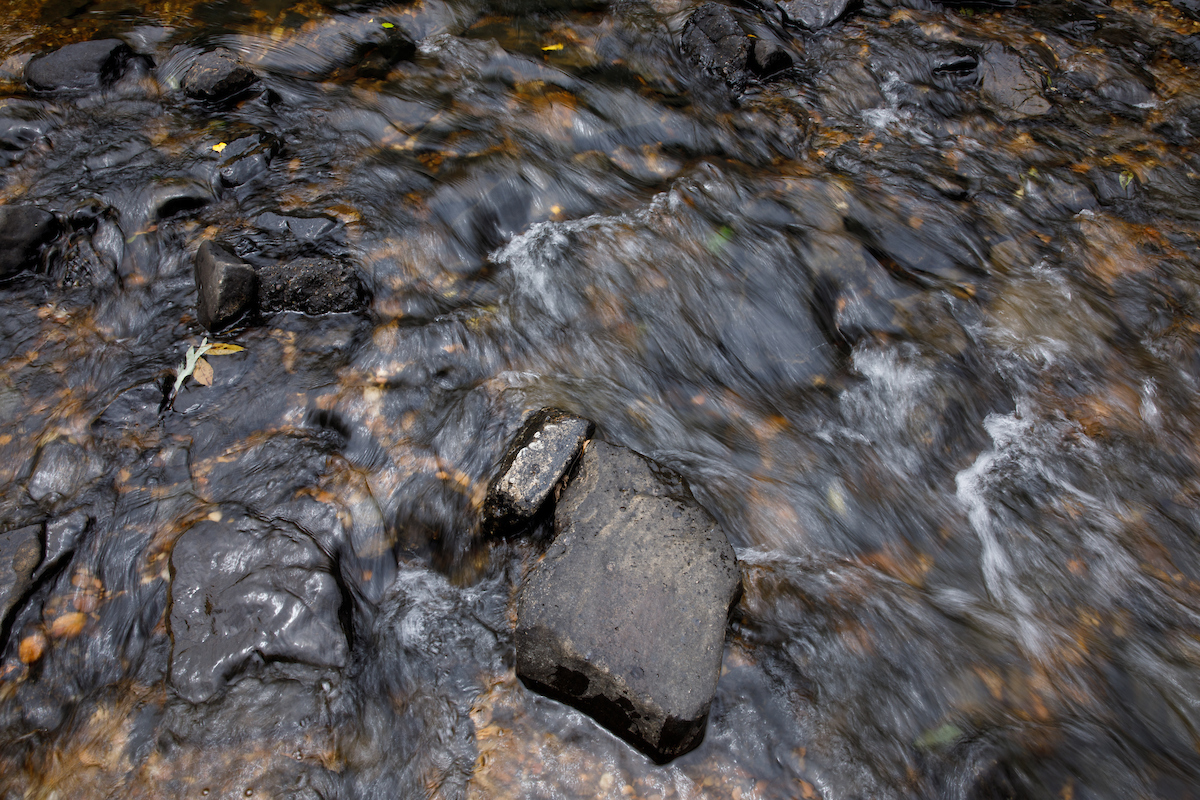TUSCALOOSA, Ala. – The University of Alabama has been awarded $3 million from the National Science Foundation to establish a unique hydrologic science research and training program for graduate students.
The NSF Research Traineeship award, or NRT, will bring together master’s and doctoral students from a variety of water disciplines. UA’s new project, called Water-R2O, will start them on a career path that will meet the research-to-operations needs of hydrologic researchers, forecasters and decision makers in government, private and academic sectors.
“We’re facing major water challenges, and this provides an opportunity, a model, for how we can prepare students to enter into the workforce, address those challenges and to help cutting edge water research be fast-tracked for use in water operations and forecasting,” said Dr. Steven Burian, director of science for the Alabama Water Institute and professor of civil, construction and environmental engineering.
Water-R2O will be overseen by a group of 11 faculty members and welcome its first class of students in the fall of 2023. While taking classes in their respective disciplines, students will earn credit towards an operational hydrology program certificate.
The program will aim to train 117 students over the first five years of the program, including 28 funded trainees from civil engineering, computer science, geography and others in the future.
“Our expertise is in hydrologic prediction and forecasting. To advance it further, we are working towards integration of physics-based models with machine learning-based methods,” said Dr. Mukesh Kumar, an associate professor of civil, construction and environmental engineering. “Collaboration with computer scientists is needed in that regard. This project nicely groups us together.”
Dr. Jiaqi Gong, associate professor of computer science, said they have two focuses as it applies to artificial intelligence and machine learning for Water-R2O. On the research side, they will examine how models are being developed and what the limitations are from a mathematical perspective. From an educational standpoint, they want to make sure students fully understand how these fit into the overall picture.
“AI and machine learning are both getting a lot of attention from different research fields and how they are applied to the decision-making process of water operations systems,” said Gong. “This is a great opportunity to work together with the other majors and help to clear up any questions about them.”
Dr. Lisa Davis, associate professor of geography, said her research with natural environmental records brings a different perspective to improving forecasts and water modeling. Natural records, such as tree rings and flood sediments, contain long archives filled with centuries to millennia of data about a variety of extreme events that are underrepresented in instrument records.

“Combining long data sets from natural archives with instrument data greatly reduces the uncertainty associated with forecasts of extreme floods and droughts because the natural data contain substantially more observations of extreme events,” said Davis. “This approach has been underused in water operations and forecasting to date because natural scientists, engineers, and water operations communities are disconnected, and we aim to change this. A big focus of the NRT is establishing and growing water community connections through educational endeavors.”
Dr. Wanyun Shao, a social scientist and assistant professor of geography, said she will integrate her research expertise on risk decision making within a geographic context into the program.
“Students will learn about the theories and methods in risk perceptions and judgments under uncertainty, risk mitigation behaviors and risk communication in order to identify means and tools to close the knowledge gaps between scientists and end users,” said Shao. “This training can prepare them better to translate cutting-edge hydrological research into actionable information for end users.”
Seven external partners will collaborate with UA faculty members for the NRT: NOAA’s National Water Center; U.S. Geological Survey; Tennessee Valley Authority; RTI International; Baron Weather Inc.; Jupiter Intelligence; and Pacific Northwest National Laboratory.
They are interested in a hands-on approach and will be involved as advisors and mentors, as well as help design the research projects and host the students as interns. UA’s team points to this as a key part of the research-to-operations aspect of the program.
“There will be instances where students take classes with them and will work on real problems and data sets,” said Davis. “This obviously meets the purpose of mentoring the students in operations and forecasting, but it also helps introduce them to different corporate and workplace cultures so they can see what’s out there and what’s the best fit for them.”
The AWI also has a role in terms of project coordination, administrative duties and helping with external partnerships and relationships. Both faculty members and AWI will foster education, research and collaboration not only nationally, but regionally as well.
“A big motivation for the development of our team is to help solve and work towards solutions in all of water,” Davis said. “That need also exists at the community level, and we are interested in increasing partnerships here in the state and at the municipality levels.”
Students interested in the Water-R2O program will have to apply. The team will be introducing the program and recruiting students over the next academic year.
“It will be an aggressive recruiting process to attract the best students,” said Burian. “We’ll be looking for a cohort with strong interests in applying research to create solutions to ongoing and future water challenges facing society.”
The NRT Program is designed to encourage the development and implementation of bold, new potentially transformative models for STEM graduate education training. The program is dedicated to effective training of STEM graduate students in high priority interdisciplinary or convergent research areas through comprehensive traineeship models that are innovative, evidence-based and aligned with changing workforce and research needs.
A version of this story by Brock Parker was originally published by the Alabama Water Institute.
Contact
Shane Dorrill, UA Strategic Communications, shane.dorrill@ua.edu; Adam Jones, UA communications, 205-348-4328, adam.jones@ua.edu; Brock Parker, Alabama Water Institute, 205-348-5328, brockparker@ua.edu
